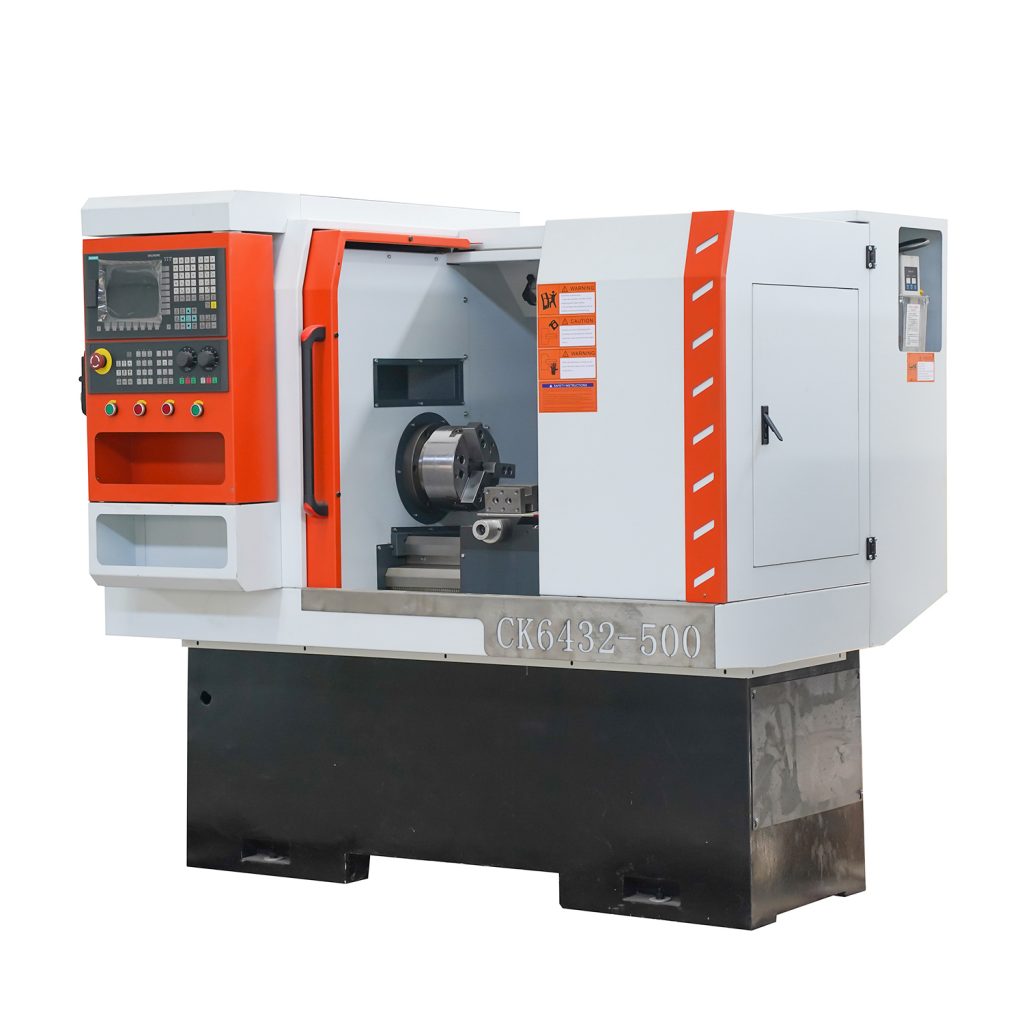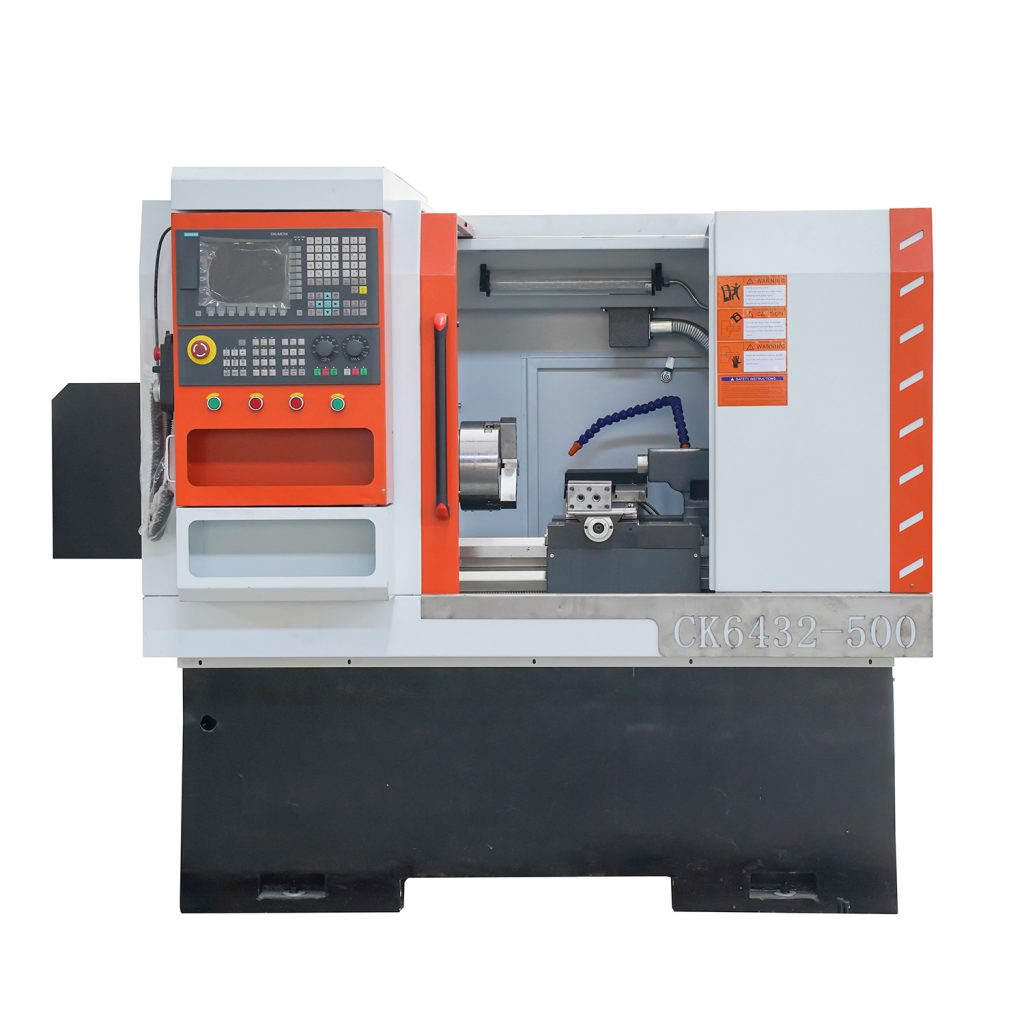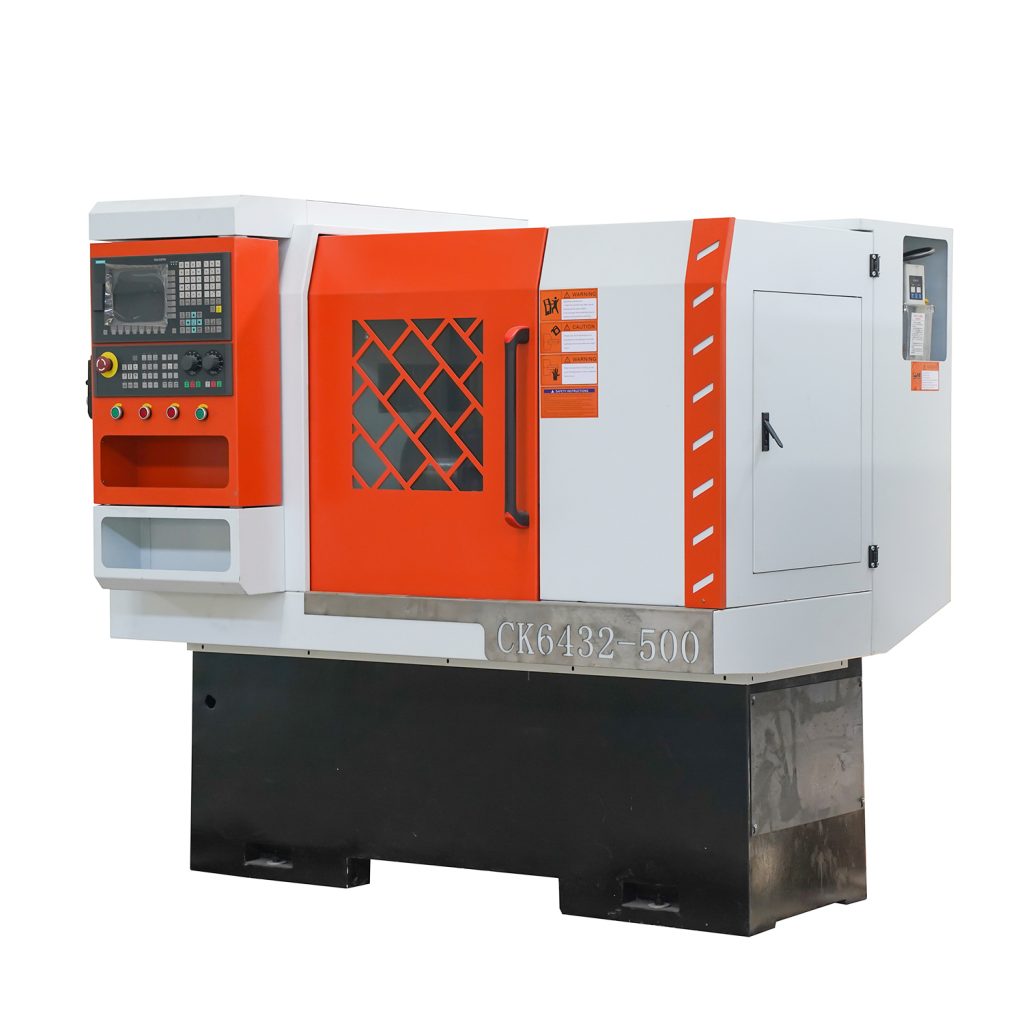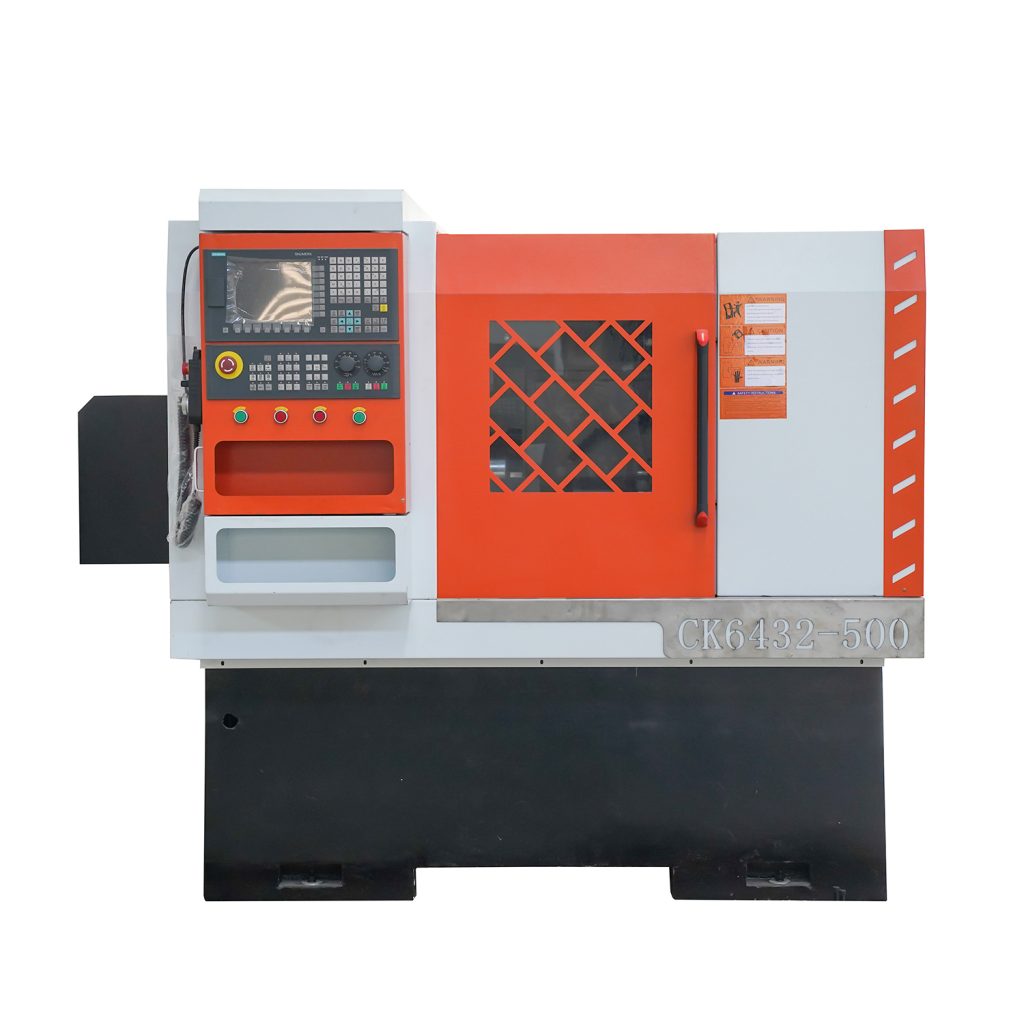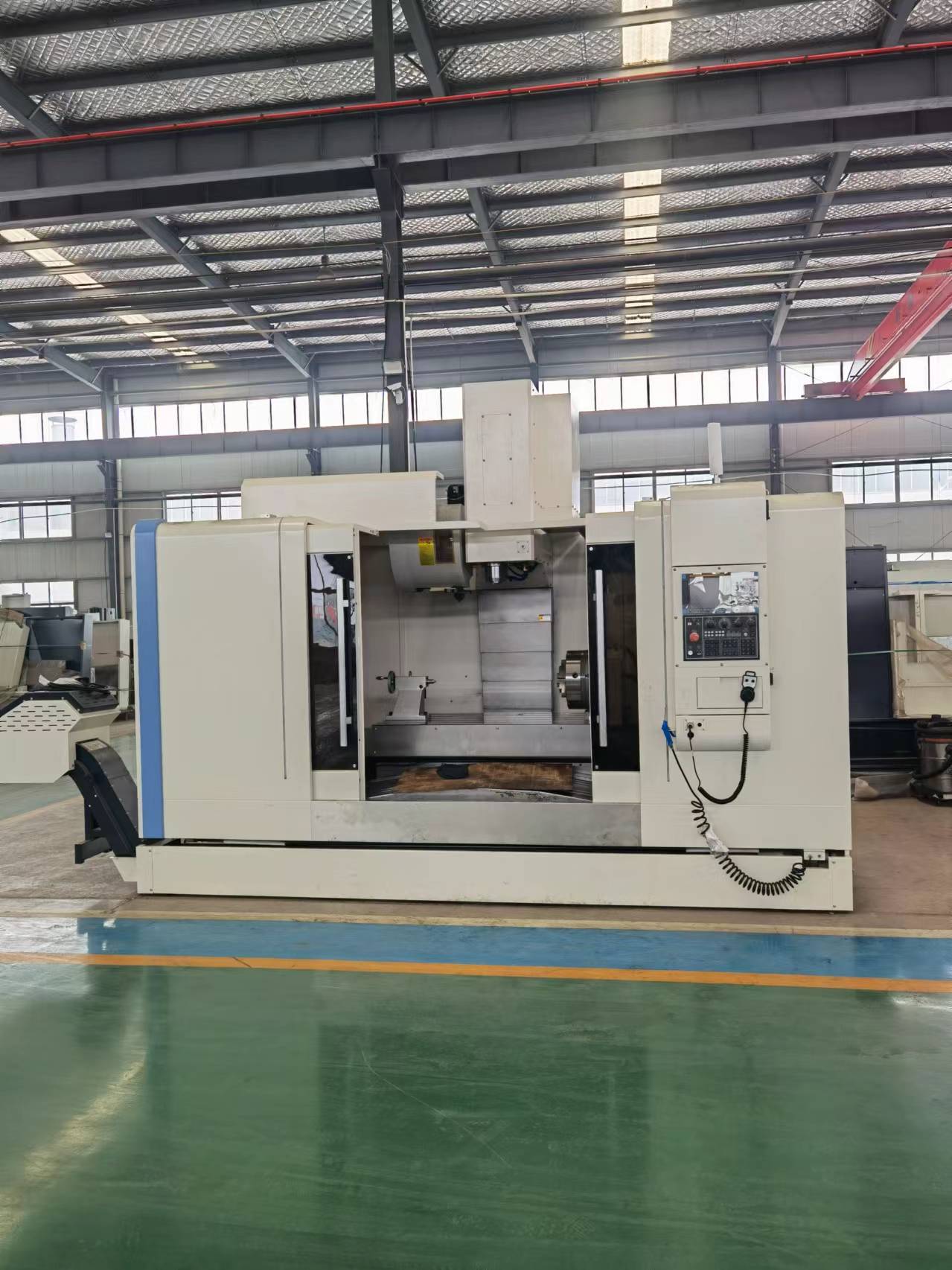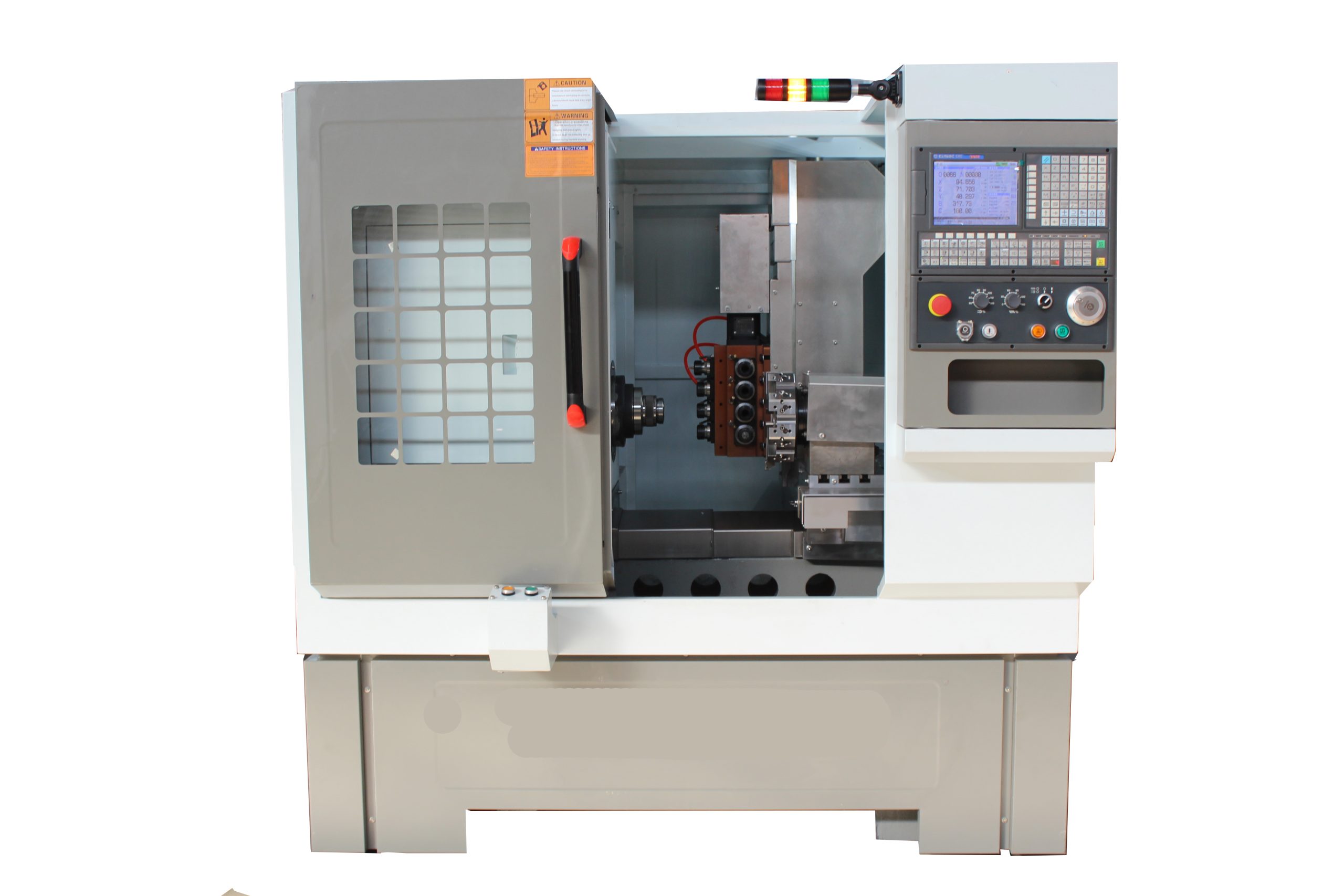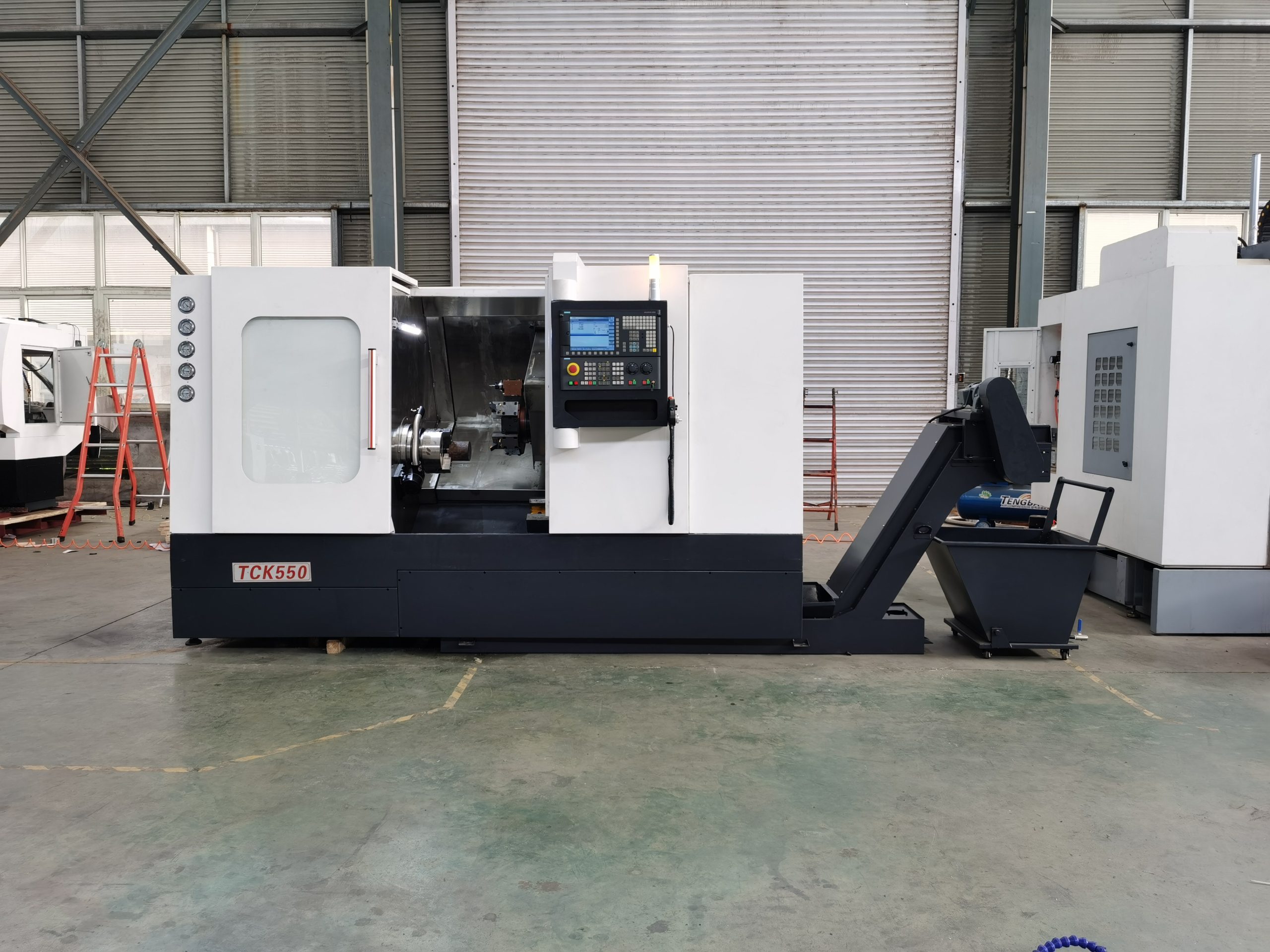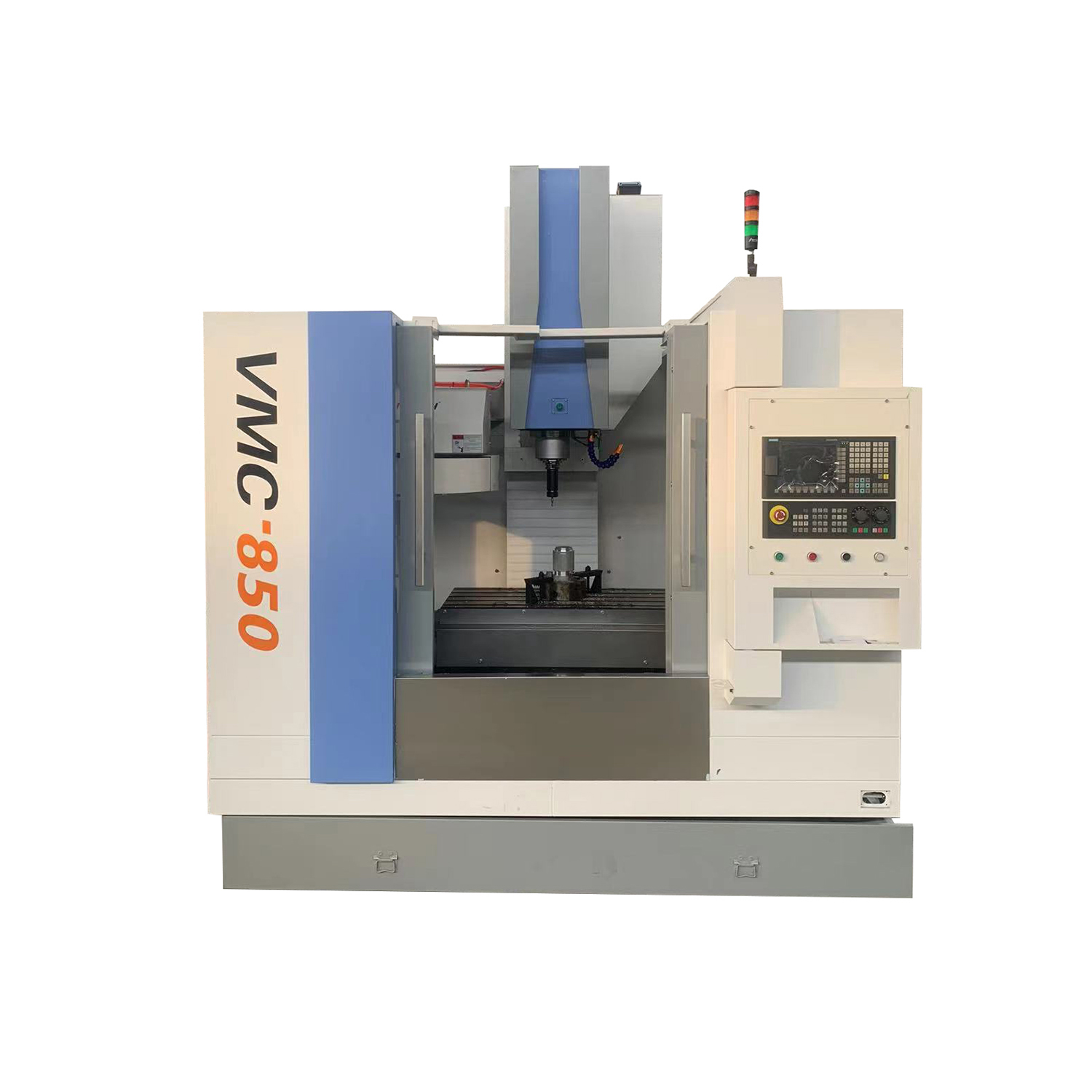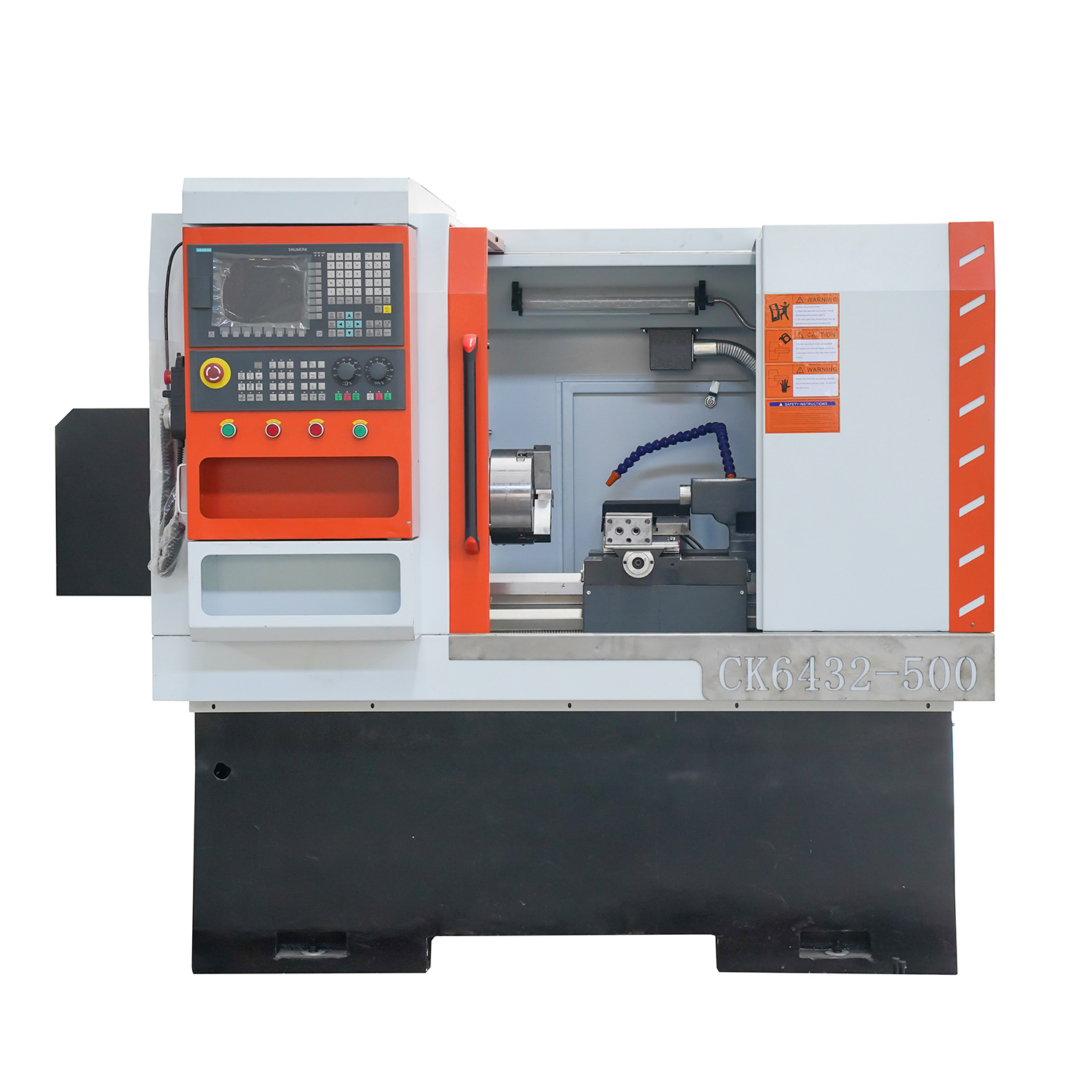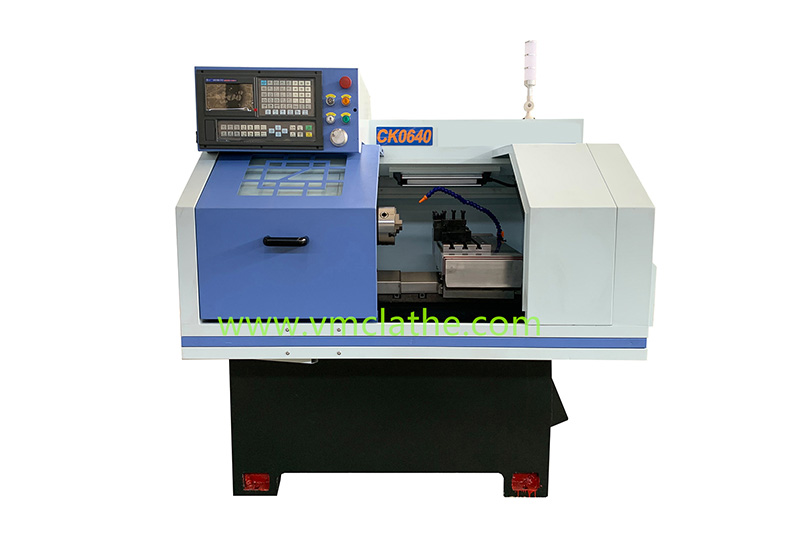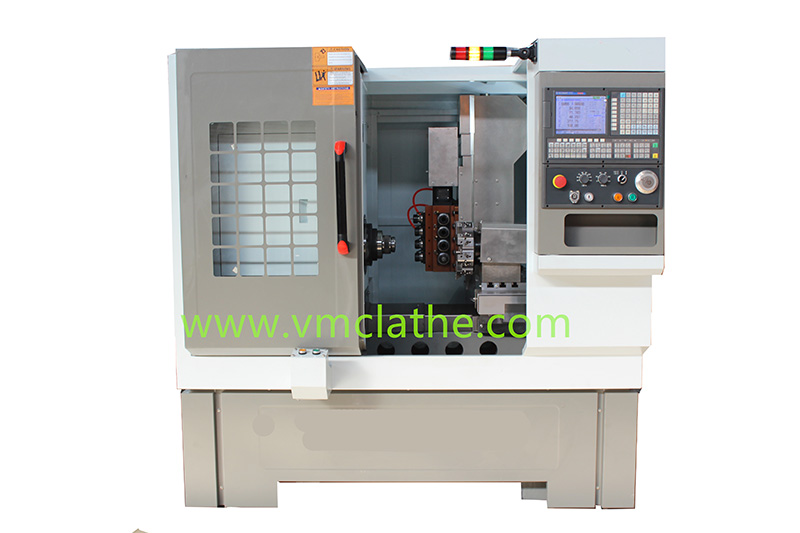When purchasing a CNC lathe, you need to focus on the following technical parameters to ensure that the equipment can meet the processing requirements and has a high cost-effectiveness:
1. Machine tool specifications
(1) Processing range
Maximum processing diameter: determines the maximum workpiece diameter that the machine tool can handle.
Maximum processing length: determines the maximum workpiece length that the machine tool can handle.
Bed length: affects the stability and processing range of the machine tool.
(2) Spindle parameters
Spindle speed: determines the processing efficiency and surface quality, usually expressed in rpm (revolutions per minute).
Spindle power: affects the cutting capacity of the machine tool, usually expressed in kW.
Spindle type: such as direct-connected spindle, gear-driven spindle, etc.
(3) Travel
X-axis travel: determines the horizontal processing range.
Z-axis travel: determines the longitudinal processing range.
Y-axis travel (if any): determines the vertical processing range.
2. Accuracy and performance
(1) Positioning accuracy
X-axis/Z-axis positioning accuracy: usually expressed in millimeters (mm), affects processing accuracy.
Repeat positioning accuracy: determines the stability and consistency of the machine tool.
(2) Guide rail type
Linear guide rail: high precision, high rigidity, suitable for high-speed processing.
Hard rail: good wear resistance, suitable for heavy cutting.
(3) Turret parameters
Number of tool positions: determines the number of tools that can be installed on the machine tool.
Tool change time: affects processing efficiency.
Turret type: such as servo turret, hydraulic turret, etc.
3. Control system
(1) CNC system brand
Common brands: FANUC, SIEMENS, MITSUBISHI, HEIDENHAIN, etc.
Functions: such as multi-axis linkage, automatic tool setting, tool compensation, etc.
(2) Operation interface
Language support: whether it supports Chinese or English interface.
Programming method: such as G code programming, graphical programming, etc.
4. Drive system
(1) Servo motor
Brand and performance: such as FANUC, YASKAWA, MITSUBISHI, etc.
Torque and response speed: affect the dynamic performance of the machine tool.
(2) Ball screw
Accuracy level: such as C3, C5, etc., affect the positioning accuracy of the machine tool.
Brand and quality: such as THK, NSK, etc.
5. Accessories and functions
(1) Cooling system
Cooling method: such as external cooling, internal cooling, oil cooling, etc.
Coolant flow: affect cutting effect and tool life.
(2) Automatic loading and unloading
Robot loading and unloading: improve the degree of automation.
Miller capacity: determine the ability of continuous processing.
(3) Tailstock and center rest
Tailstock travel: affect the processing capacity of long-axis workpieces.
Center rest type: such as fixed type, adjustable type, etc.
6. Other parameters
(1) Machine weight
Heavier machine tools are usually more rigid and suitable for heavy cutting.
(2) Power requirements
Voltage and frequency: such as 380V/50Hz.
Power requirements: determine the energy consumption of the machine tool.
(3) Floor space
Ensure that the machine tool can be installed in the existing workshop.
7. After-sales service
Warranty period: usually 1-2 years.
Technical support: whether remote or on-site technical support is provided.
Spare parts supply: the availability and price of spare parts.
8. Budget and cost-effectiveness
Initial cost: including machine tool price, transportation costs, installation costs, etc.
Operating costs: such as energy consumption, maintenance costs, tool costs, etc.
Return on investment: evaluate the return on investment based on processing requirements and output.
Summary
When purchasing a CNC lathe, it is necessary to comprehensively consider factors such as processing requirements, machine tool performance, accuracy, control system, and after-sales service. It is recommended to select a suitable machine tool based on the specific processing task (such as part type, batch, accuracy requirements, etc.) and compare with multiple suppliers to ensure the best cost-effectiveness.

